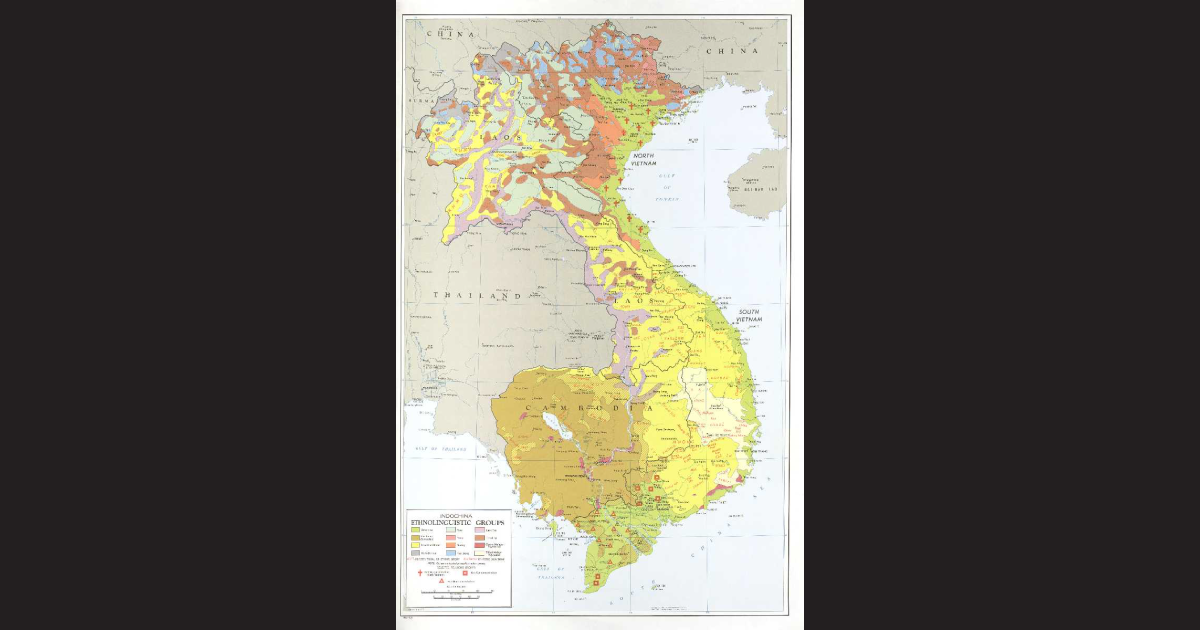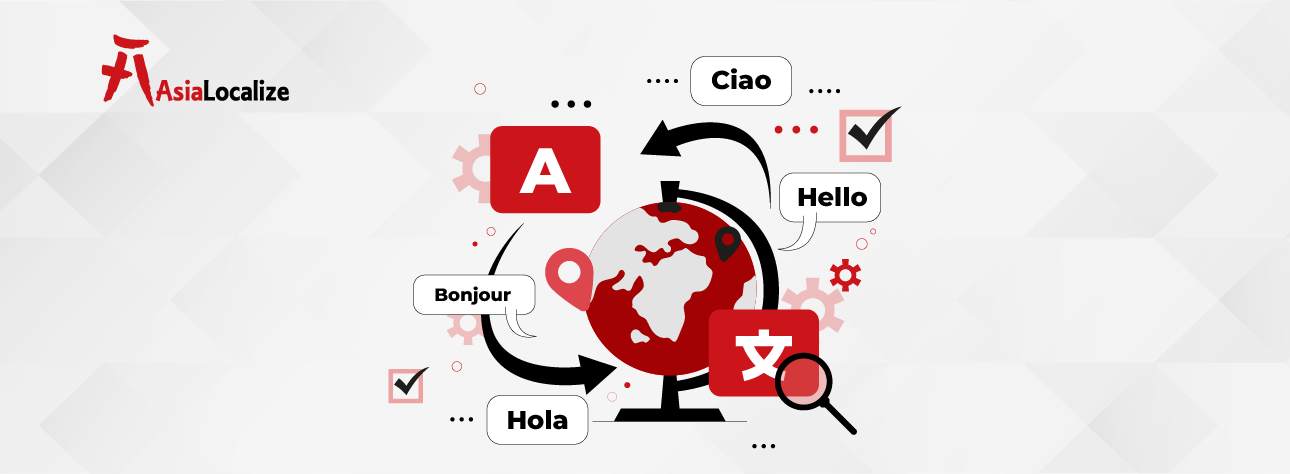Vietnam is home to 100,987,686 people, making it one of the most popular languages in the world, a country that is rich in linguistic and cultural diversity!
While Vietnamese is the official language in Vietnam, there are over 110 languages across the nation. Alongside Vietnamese, various ethnic groups contribute their unique languages, such as Tay, Hmong, Khmer, and Muong, among others.
In this article, we will reflect on the many languages spoken in Vietnam, sharing all you need to enter the Vietnamese market.

Two maps of Vietnam highlighting main provinces, showcasing the diverse regions and languages spoken across the country.
Vietnamese: The Official and Dominant Language
Vietnamese is the national and official language of Vietnam, spoken by the majority of the Vietnamese population. As an Austroasiatic language, it belongs to a diverse family of languages that primarily span Southeast Asia and parts of India.
The Vietnamese language plays a crucial role in unifying the country’s diverse ethnic groups and facilitating communication across its rich cultural landscape.
Originally, Vietnamese was written using Chinese characters due to the historical influence of China on Vietnam. This system, known as Chữ Nôm, incorporated Chinese characters to represent Vietnamese words, capturing both the sounds and meanings of the language. While it allowed for literary expression, Chữ Nôm was complex and not widely accessible to the general population.
The significant change began in the 17th century with the arrival of European missionaries, particularly the Jesuit priest Alexandre de Rhodes. He recognized the need for a simpler, more accessible writing system and developed the Vietnamese alphabet, known as Quốc Ngữ. This system used the Latin alphabet, which provided a straightforward phonetic representation of Vietnamese sounds.
Today, the Latin-based Vietnamese alphabet is widely used and represents a significant aspect of Vietnam’s identity and cultural evolution.
The three main regional dialects are Northern Vietnam, Central Vietnam, and Southern Vietnam.
|
Main Regional Dialects in Vietnam
Northern Dialect (spoken in Hanoi, the capital city) Central Vietnam (spoken in the towns like Hue and Da Nang) Southern Vietnam (mainly associated with Ho Chi Minh City) |
Importance of Vietnamese for Businesses
88.6% of people in Vietnam speak Vietnamese! Proficiency in Vietnamese allows businesses aiming to thrive in Vietnam’s dynamic market to win over most of the market and demonstrate respect and commitment to local partners, suppliers, and stakeholders.
Investing primarily in localization for marketing and multilingual customer service can make all the difference.
86% of the localized advertising campaigns outperformed the English campaigns in both click-throughs and conversions.
Being able to interact with customers in their native language ensures that inquiries, feedback, and concerns are addressed promptly and effectively.
Minority Languages of Vietnam

A colorful map of Vietnam highlighting various regions, showcasing the diversity of languages spoken across the country.
Minority languages are primarily spoken by various ethnic minority groups, each contributing to the cultural diversity that defines the nation.
Languages spoken by these groups include Tay, Hmong, Khmer, Muong, and many others, each with its own unique phonetics, grammar, and vocabulary.
Tày
- Predominantly spoken in the northeastern regions of Vietnam
- Spoken by 3 million people in Vietnam, the Tày language belongs to the Thai family.
Mường
- Mainly spoken in the mountainous regions of Northern Vietnam
- The Muong language is an Austroasiatic language that is very similar to Vietnamese.
- It’s spoken by one million people in the mountainous regions of Hoa Binh and Thanh Hoa.
Cham
- Spoken in southern and central Vietnam
- Cham is classified as a Malayo-Polynesian language, spoken by the Cham minority group primarily in southern and central Vietnam.
- The Cham language holds historical significance, tracing back to the ancient Champa civilization.
Khmer
- Spoken in southern Vietnam
- Spoken by more than a million people in Vietnam, Khmer is an Austroasiatic language, coming from the Khmer Empire of the 9th century AD.
Hmong
- Spoken in northern Vietnam
- The Hmong language, part of the Hmong-Mien language family, serves the Hmong people, a prominent minority group in the area.
Nùng
- Spoken in northern Vietnam by 969,00 people
- It is spoken primarily by the namesake ethnic group, the Nung language is a Tai-Kadai language.
Foreign Languages in Vietnam
French – A Colonial Legacy
The influence of French colonization in Vietnam, which lasted from the mid-19th century until the mid-20th century, has left a significant mark on the country’s linguistic landscape.
Despite Vietnam gaining independence, the legacy of French is still evident today, particularly as a foreign language spoken by some Vietnamese people, especially among the older generation.
English – The Rising Language of Business and Tourism
English has emerged as a crucial language in Vietnam, particularly in the realms of business, tourism, and education. As the country continues to integrate itself into the global economy, proficiency in English has become increasingly crucial for both individuals and organizations striving for success.
Tapping into the the Vietnamese Market?
Tapping into the Vietnamese Market?
Effective Vietnamese translation services are the key to connecting with Vietnamese consumers and building trust in this vibrant market.
Did you know that 75% of consumers are more likely to buy products when the information is available in their native language?
At Asialocalize, we specialize in creating tailored localization strategies that align with your business goals and resonate with Vietnamese customer preferences. From planning to execution, we provide end-to-end solutions designed to ensure your success in this growing market.





